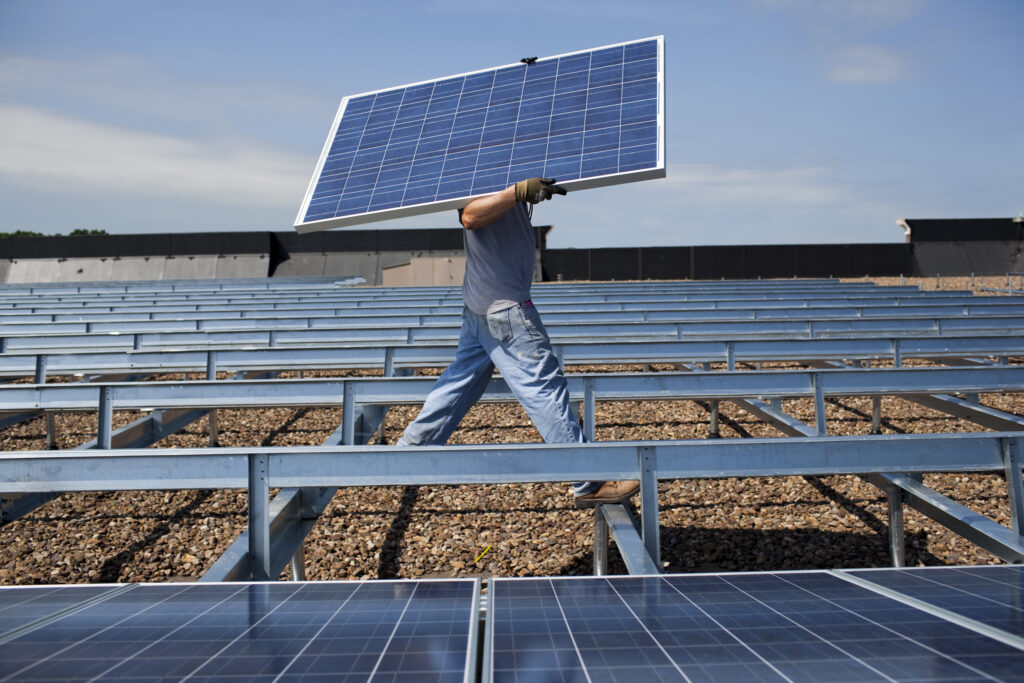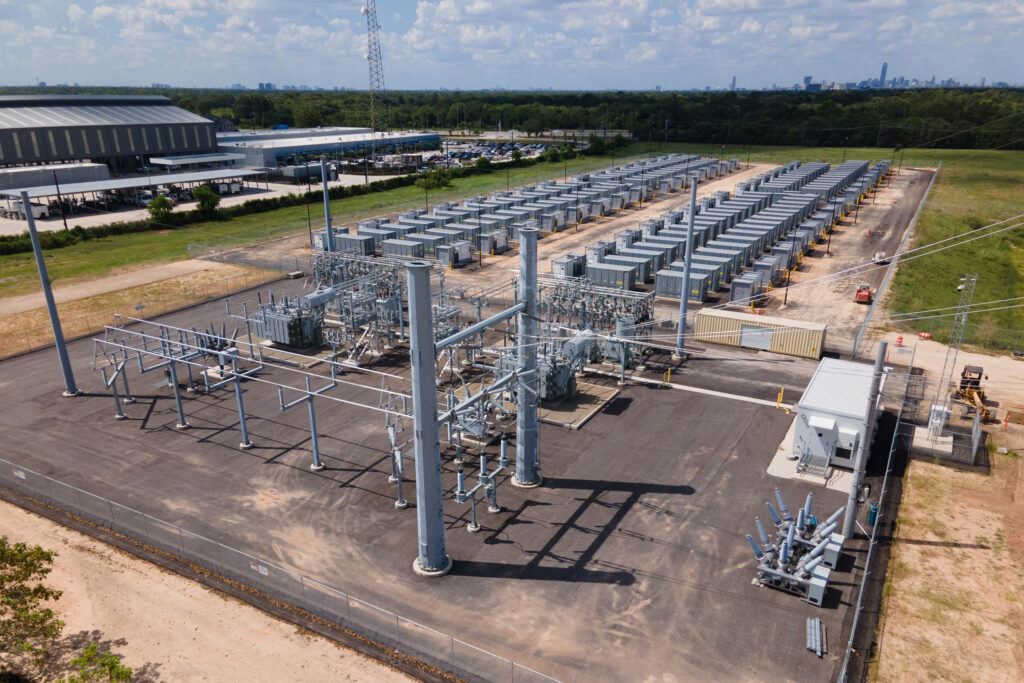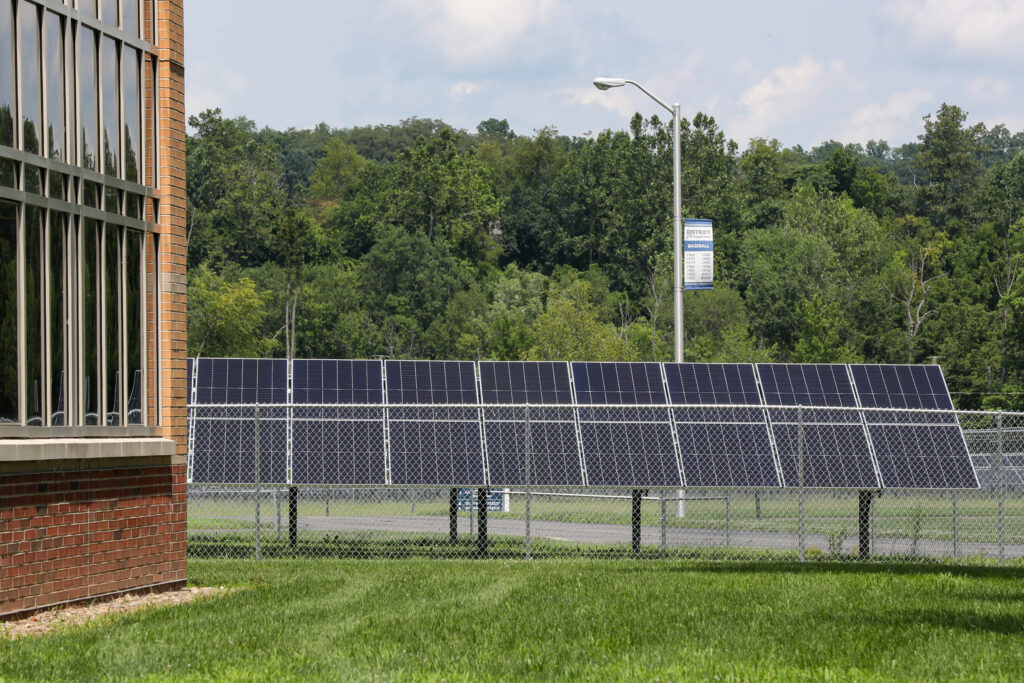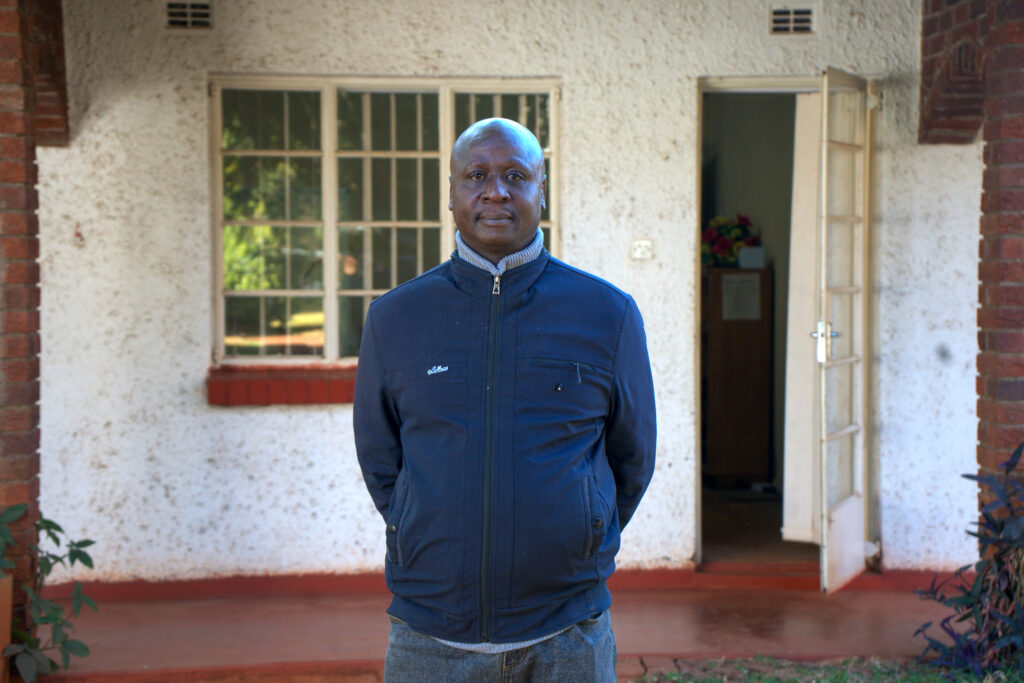Five years ago, Greg Nemet wrote about the economic and technological factors that were helping to make solar power one of the world’s least-expensive electricity sources.
Now, the University of Wisconsin-Madison professor is back with a second edition of his book, How Solar Energy Became Cheap. The new version examines recent developments and then looks ahead to the implications of solar becoming increasingly affordable and efficient.
If I were Nemet, I would have been tempted to begin this edition with, “I told you so.” The trends he was describing in 2019 have continued. Despite some significant challenges, including the Trump administration’s hostility to renewable energy and the rapid phaseout of tax credits under the One Big Beautiful Bill Act, solar development is still gaining momentum.
Instead, he begins the book with this: “The climate problem is getting worse but the solutions are getting better.”
The 2019 book was based on 2017 data. Since then, the global average price of a solar module has fallen by 75 percent, according to the International Renewable Energy Agency. In that same timeframe, the growth of solar is the main reason that renewables-based electricity generation is set to overtake coal this year or early next year as the world’s leading electricity source, according to the International Energy Agency.
The book retains its history lesson, showing how the United States pioneered solar research and development in the 1950s and then progressed with support from government programs in the United States and Japan in the 1970s. Germany adopted policies in the 2000s that subsidized solar and led to large-scale adoption there. In the 2010s, China built upon the work done in other countries and found ways to build solar on a much larger scale, driving down costs.
A central theme of the book is that innovation often flows from a combination of factors that can be replicated. In other words, countries can decide to undertake significant initiatives and then make them happen, starting with support for research and early-stage technologies.
I spoke with Nemet this week. Here is our conversation, edited for length and clarity.
DAN GEARINO: So much has changed since the first edition. How would you describe the lay of the land now compared to when you initially wrote the book?
GREG NEMET: What’s changed? One is that we have much more widespread adoption of solar than six years earlier, by a factor of four. That’s substantial. We’re now talking about on the order of 7 or 8 percent of global electricity from solar, whereas before that was 1 or 2 percent, so that’s a big difference. There is an even deeper cost reduction, a 75 percent cost reduction. So those two things are the big drivers, more widespread adoption and deeper cost reductions.
There are a few other things too, that as I started looking into what had happened in the last six years, had emerged as changing the picture a bit. One is even more concentration of production in China. Now, about 85 percent of solar happens in China, but that adoption of solar is going faster in the Global South than in rich countries. That was definitely a new thing from six years ago. You’re also seeing examples of solar providing large amounts of electricity supply and grids functioning well with it. So, California looks like that at times, as do parts of Australia, with really large amounts of solar and high-functioning grids. Those are ideas and models that existed seven or eight years ago, but now those are real-world situations that people can look to.

GEARINO: Is all of this progressing along the trend lines you anticipated?
NEMET: Yeah, it has. The cost reductions are continuing, and the adoption is accelerating. But what really matters in the longer term is whether the developing world develops solar or chooses a fossil fuel path. And seeing the speed of solar adoption in the Global South has made that look more of a realistic assumption, rather than just a hopeful one.
I would not have guessed that China would become even more of a dominant player in solar. I mean, you could see the economies of scale and the benefits, but it felt like there was a lot of opportunity for other countries to get into the game, and to some extent, they have. Malaysia, Vietnam and others have started to play a bigger role. So that has happened, but we don’t see any of these others as real competitors to China. And that’s been an interesting role that to me doesn’t seem sustainable. It feels like, over the longer term, there really are strong pressures and abilities for other countries to start producing solar, because they’re going to want to have more control over their energy system, and if solar becomes a bigger part of their energy system, there’ll be strong incentives to do production more locally. That’s still to come. That hasn’t happened yet.
This story is funded by readers like you.
Our nonprofit newsroom provides award-winning climate coverage free of charge and advertising. We rely on donations from readers like you to keep going. Please donate now to support our work.
Donate Now
GEARINO: I’ve been struck by the extent to which anti-solar sentiment has grown in the United States, and when I say anti-solar sentiment, this includes just a variety of issues that have to do with community opposition to solar projects, and then also this kind of concerted campaign to brand solar as unreliable. What do you make of this and its effects on the U.S.’s ability to compete in this space?
NEMET: One reason why we can’t have more and more solar has been this public opposition. And it is a bit surprising, because when you look at public sentiment on solar, compared to other technologies, like fossil fuels or nuclear or wind power, solar does really well, like around the world, very favorable. People get it. It’s kind of human scale. But you do have this public opposition to large solar farms. You sometimes have utility opposition to small installations on people’s homes. You can have kind of a policy through red tape, which is basically making permitting and inspections go very slowly, which adds cost and which reduces the pace of adoption. And so, yeah, in places like the U.S., those are the real issues, the ones to focus on now that the other reasons for being against solar kind of have gone away.
GEARINO: Is this recent U.S. legislation going to severely harm solar? What’s your outlook on where we go from here?
NEMET: I do think solar is going to be an affordable, desirable option that will continue to grow and looks really likely to continue to fall in cost. And if you look around the world, and you look in the U.S., if you look at what types of technologies we’re using for new power generation, solar is the big one, and that is unlikely to change.
The two concerns I have with the legislation are, one, when you go from a policy to a non-policy, like, for example, in the U.S., we have a 25 to 30 percent tax credit for solar, and within, say, 18 months, that goes to zero, that’s a big change. That’s not a gradual phasing out of a policy. It’s not a shift that’s predictable. That was not expected until a few months ago. That’ll be hard for the U.S. solar industry to adjust to.
The second reason why you would want to have policy and subsidies and not just rely on whatever the costs are without the subsidies, is there are reasons that we need to go faster. For climate change, we need to make a rapid transition and move away from fossil fuel toward clean energy.
Other stories about the energy transition to take note of this week:
Agriculture Department Says It Will Stop Funding Renewables on Farmland: Agriculture Secretary Brooke Rollins said this week that the agency will no longer allow taxpayer dollars to fund wind and solar projects on farmland, as my colleague Georgina Gustin reports for ICN. The U.S. Department of Agriculture will disqualify wind and solar projects from several loan programs that have helped farmers and rural communities to increase and diversify their incomes using renewable energy. Rollins said the policy change will help to preserve farmland, but wind and solar occupy less than 0.1 percent of the country’s pasture, rangeland and crop acres.
Trump Administration Guidance on Tax Credit Phaseout Gives Renewable Projects Some Leeway: The U.S. Treasury Department issued guidance last week on what renewable energy projects need to do to qualify for tax credits that are being phased out under the One Big Beautiful Bill Act, as my colleagues Marianne Lavelle and Aidan Hughes report for ICN. Renewable energy business groups responded with alarm, saying the rules flout norms and will make it more difficult for projects to receive credits. But analysts said the guidance allows for leeway to an extent that many projects now planned can still qualify for credits, a fact underscored by a surge in share prices for leading solar companies.
China Tries to Crack Down on Polysilicon Overcapacity: China is the world’s leading producer of polysilicon, a key component in solar panels, but the businesses that make this material have been locked in a spiral of overproduction, plummeting prices and rising debt. The Chinese government is now working with some of the industry’s leading players to buy out the least-efficient facilities and shut them down, as Joe Cash and Colleen Howe report for Reuters. Some of the producers would form a cartel to try to manage prices, but analysts warn that this effort will be difficult.
Orsted Tries to Persevere Amid U.S. Challenges for Offshore Wind: The sudden reversal of U.S. support for offshore wind happened at a time when Orsted, the giant Danish energy company, was already stretched thin by rising costs and delays in obtaining parts. Now, Orsted is raising additional cash from investors in a bid to fund current projects and provide a buffer going forward, as Rachel Millard, Costas Mourselas and Ivan Levingston report for the Financial Times.
Inside Clean Energy is ICN’s weekly bulletin of news and analysis about the energy transition. Send news tips and questions to [email protected].
About This Story
Perhaps you noticed: This story, like all the news we publish, is free to read. That’s because Inside Climate News is a 501c3 nonprofit organization. We do not charge a subscription fee, lock our news behind a paywall, or clutter our website with ads. We make our news on climate and the environment freely available to you and anyone who wants it.
That’s not all. We also share our news for free with scores of other media organizations around the country. Many of them can’t afford to do environmental journalism of their own. We’ve built bureaus from coast to coast to report local stories, collaborate with local newsrooms and co-publish articles so that this vital work is shared as widely as possible.
Two of us launched ICN in 2007. Six years later we earned a Pulitzer Prize for National Reporting, and now we run the oldest and largest dedicated climate newsroom in the nation. We tell the story in all its complexity. We hold polluters accountable. We expose environmental injustice. We debunk misinformation. We scrutinize solutions and inspire action.
Donations from readers like you fund every aspect of what we do. If you don’t already, will you support our ongoing work, our reporting on the biggest crisis facing our planet, and help us reach even more readers in more places?
Please take a moment to make a tax-deductible donation. Every one of them makes a difference.
Thank you,


















